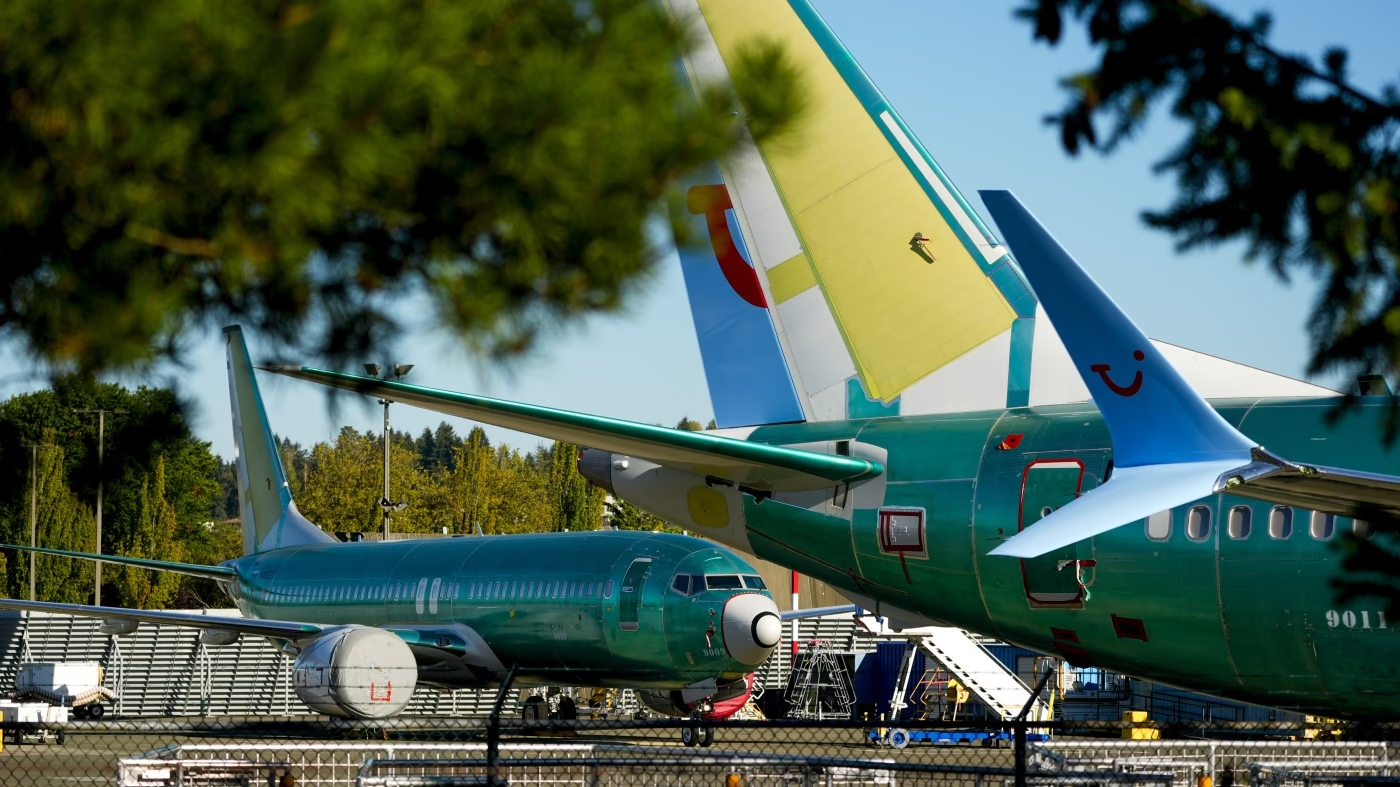Boeing’s commercial aircraft have experienced a troubling pattern of incidents in recent years. From fatal boeing crashes to structural failures and emergency landings, the last five years have seen repeated safety issues that demand critical scrutiny. The recent crash of an Air India Boeing 787 near Ahmedabad on June 12, 2025, has once again raised alarms over Boeing’s safety record.
The Ahmedabad crash involved a Dreamliner en route to London-Gatwick. It went down minutes after takeoff, reportedly killing dozens. Eyewitnesses described a massive explosion near a populated area. While investigations are ongoing, this tragedy brings Boeing’s total serious commercial aircraft incidents to over a dozen since mid-2019.
Here are the major* Boeing commercial aircraft crashes and incidents since June 2019:
Timeline of Major* Boeing Incidents and Crashes (2020–2025)
- Feb 5, 2020 – Pegasus Airlines Flight 2193 (Boeing 737-800): Overran the runway on landing in Istanbul, Turkey, in heavy rain. The aircraft broke into pieces; 3 of the 183 people on board were killed and 179 injured.
- Aug 7, 2020 – Air India Express Flight 1344 (Boeing 737-800): Skidded off a tabletop runway amid downpour while landing at Kozhikode, India, plunging into a gorge. The crash killed 21 people (including both pilots) out of 190 on board.
- Jan 9, 2021 – Sriwijaya Air Flight 182 (Boeing 737-500): Crashed into the Java Sea minutes after takeoff from Jakarta, Indonesia, killing all 62 people on board. Investigators later pointed to a malfunctioning autothrottle and inadequate pilot response as causes.
- Feb 20, 2021 – United Airlines Flight 328 (Boeing 777-200): Suffered a catastrophic right engine failure shortly after departing Denver, USA. Debris rained down on suburban neighborhoods, but the plane landed safely with no injuries. (This incident prompted the FAA to ground all 777s with that Pratt & Whitney engine model for inspections.
- Jul 2, 2021 – Transair Flight 810 (Boeing 737-200 cargo): Ditched into the ocean off Honolulu, Hawaii after both engines failed on a nighttime cargo flight. The two pilots (the only occupants) survived the water landing and were rescued.
- Mar 21, 2022 – China Eastern Airlines Flight 5735 (Boeing 737-800): Entered an abrupt, high-speed dive from cruising altitude and slammed into a mountainside in Guangxi, China. All 132 people on board were killed on impact. (This mysterious near-vertical crash, with no Mayday call, remains under investigation; deliberate cockpit inputs were suspected by U.S. officials, though not confirmed in the final report).
- Apr 7, 2022 – DHL Aero Expreso Flight 7216 (Boeing 757-200 Freighter): Suffered a hydraulic system failure shortly after takeoff from San José, Costa Rica. The crew declared Mayday and returned to land, but the plane veered off the runway and broke in two on the grass. Dramatic footage showed the yellow DHL jet’s fuselage split at the tail; both pilots escaped unharmed.
- *(2023 No fatal crashes): Notably, 2023 saw no fatal accidents or hull-loss crashes involving Boeing commercial jets, a bright spot in this timeline. (It was one of the safest years in aviation on record, with 30 “accidents” but zero deadly jet crashes globally.) Several serious near-misses did occur in 2023, such as runway incursion incidents in New York and Texas, but none resulted in an actual crash.
- Jan 5, 2024 – Alaska Airlines Flight 1282 (Boeing 737 MAX 9): A mid-air structural failure occurred when an exit door plug (covering an unused emergency exit) blew out of the fuselage on a Seattle, San Francisco flight. The sudden decompression led to an emergency landing in Portland with no injuries. Investigators found that several fastener bolts for the panel were missing, a critical maintenance lapse. This incident prompted the FAA to ground all 737 MAX 9s for inspections on January 6, 2024, the first grounding of the MAX since its 2020 return to service – until the affected jets were checked and cleared later that month.
- Nov 25, 2024 – Swiftair/DHL Flight 5960 (Boeing 737-400 Freighter): Crashed into a wooded area about 1 km from Vilnius Airport in Lithuania while on approach, operating a cargo flight from Leipzig. The aircraft, flying on behalf of DHL, broke apart and caught fire. One of the four crew members was killed and the other three were injured in the crash. (Initial investigations pointed to a possible hydraulic control issue, with no indication of sabotage.
- Dec 29, 2024 – Jeju Air Flight 2216 (Boeing 737-800): Crash-landed while attempting to land at Muan International Airport, South Korea. The flight from Bangkok skidded off the runway and exploded into flames, reportedly after a bird strike crippled its landing gear. The disaster claimed 179 lives out of 181 people on board (all but two crew members), making it the worst air crash on South Korean soil. A national week of mourning was declared in South Korea after this tragedy.
Jun 12, 2025 – Air India Flight 171 (Boeing 787-8 Dreamliner): Crashed minutes after takeoff from Ahmedabad, India, while en route to London-Gatwick. The wide-body jet, carrying 242 passengers and crew, went down in a populated area near the airport. Thick smoke and flames were seen rising from the crash site as rescue teams responded. Many fatalities were reported. This is a developing story, technical facts remain to be ascertained.
Patterns emerge
A majority of the crashes involved Boeing 737 variants, reflecting both the model’s dominance and recurring vulnerabilities. Runway overruns and landing failures feature prominently, often in poor weather or at challenging airports. Several fatal events occurred in Asia, where infrastructure and training variability may play a role.
Boeing and regulators have taken steps, but confidence is fragile. The FAA has become more vigilant than before as it grounds fleets which showed a degree of danger, as seen with the MAX 9. Boeing continues to revamp its safety units and replace key program managers based on performance. Yet there remains room for much stricter compliance norms across the aviation industry.
The cumulative impact of these incidents is eroding Boeing’s reputation. Public trust, already hit by the MAX crisis, is further shaken. Investor confidence is volatile, Boeing’s stock dropped 8% following the Ahmedabad crash. As investigations proceed, the company faces renewed pressure to enforce rigorous quality assurance and redesign oversight practices.
If Boeing is to restore its legacy, it must prove that safety is not just a slogan but a measurable standard embedded in every stage of design, assembly, and operations.
*Major Incidents to certain News Breaking Incidents as reported. This may be an abridged version of the incidents around Boeing Planes.
Also Read: Boeing Lays Off 180 Engineers in Bengaluru

























